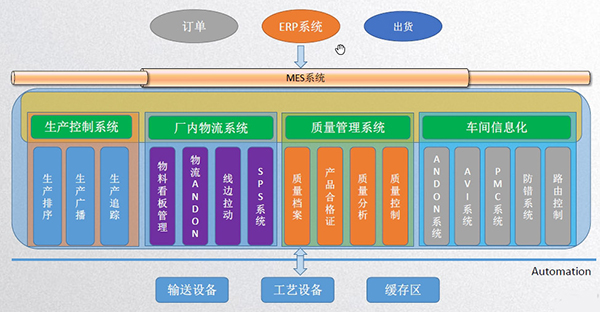

As the modern logistics and warehousing industry advances towards high speed and high automation, automatic and intelligent 3D warehouses are increasingly used. As a crucial part of such cutting-edge warehouses, automated conveyor lines boast unique superiority in moving goods in and out.
By function, automated conveyor lines can be divided into inbound and outbound lines. Inbound conveyor lines quickly and accurately distribute the pallet containers transported from an inbound operation site to the storage platforms of each lane, and then these containers are placed in racks by stackers. While outbound conveyor lines are designed to deliver the pallet containers picked by stackers to an outbound operation site, and the containers are then transported out of the warehouse for loading. In some logistics warehousing companies, where the circulation volume of pallet containers is not large, inbound and outbound conveyor lines can also be integrated into one single transport line to allow inbound and outbound operations to take place in sequence.
Besides the above two basic functions – stock-in and stock-out, our conveyor lines offer logistics warehouses of different natures and for different purposes extra functions, so as to build up a more complete and efficient automated conveyor line system. For example, to move only part of the goods in the pallet containers out of the warehouse, companies have to set a section for picking and re-entry along the outbound conveyor line. Moreover, as packaging, weighing, stacking and inspection are often required before storage, it is important to properly connect the inbound conveyor line with the equipment for following operations.
Roller conveyor lines and chain conveyor lines are commonly used as inbound and outbound conveyor lines in warehouses. At the intersection of trunk lines and branch lines, transfer machines, lifting tables, and universal platforms are mostly used for diversion and confluence. To save area, in big automated warehouses, inbound and outbound conveyor lines are often arranged on the same line in two layers. In this case, elevators are also needed to connect the upper conveyor lines with those on the ground.
Control requirements for automated stock-in/ out:
(1) Address recognition: That is, the conveyor system shall be able to correctly send cargo boxes in or out of the warehouse according to the specified address. Analog coding is usually used for tracking.
(2) Automatic adjustment: It can intelligently and automatically adjust the logistics rhythm of the warehouse, so that the entire transportation system maintains stable and efficient.
(3) It can be closely connected with all equipment in the automated warehouse, and integrated with warehouse management into a holistic automated warehouse control system.
In the automated conveyor line system, position detection is performed by photoelectric switches, and the delivery of goods by conveyor lines is coordinated by PLC – both work to meet the high-precision requirements of modern logistics warehousing. (For stock-out control, it should be noted that the outgoing goods must not collide with those on inbound trunk lines. The general solution is to place outbound and inbound trunk conveyors separately.)

All rights reserved:OMH SCIENCE Group Co.,Ltd.
Record number:Jin ICP No.12001603
Technical Support:Long Cai Technology (Shanxi) Co., Ltd.

All rights reserved:OMH SCIENCE Group Co.,Ltd.
Record number:Jin ICP No.12001603
Technical Support:Long Cai Technology (Shanxi) Co., Ltd.
